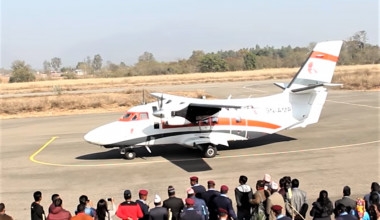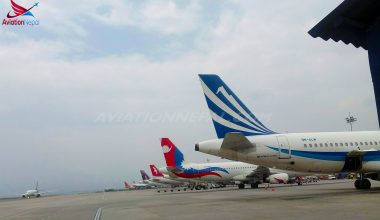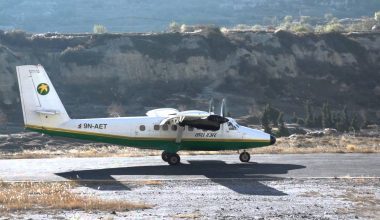-KATHMANDU
The government has been gearing up for the operation of new and existing domestic airports at various districts of the Nepal however, the sole aviation regulator body Civil Aviation Authority of Nepal (CAAN) will face difficulty towards the handling of Aircraft Rescue and fire-fighting operations at those airports following the lack of resources.
Director General for CAA Nepal, Mr. Sanjeev Gautam stated , “The government has continued to include the construction of new domestic airports in the financial bills but the government needs to be a bit more aware regarding safety issues.”
On the Program ‘Emergency preparedness for rescue and fire-fighting’ organized at Tribhuvan International Airport (TIA) yesterday, Mr. Gautam also said that the CAA Nepal has been following the decision made by the government for the construction of new airports and operation of existing domestic airports as CAA Nepal is an executing organization for the government on aviation sector and the organization have to abide all the decision made by the government.
Nevertheless, before the decisions are approved by the government they must be aware and responsible of the risks that might occur in the coming future if airports are opened without adequate technical and human resources, Gautam noted. The recent trend of opening airports without the needed resources could create problems regarding safety and rescue mechanisms in future.
Officials of CAAN and TIA at the program claimed that the rescue and fire-fighting mechanisms at TIA are up-to-date. Presently, TIA is equipped to provide the ninth category (IX) of rescue and fire-fighting service as per the guidelines of the International Civil Aviation Organization and also as per CAAN’s safety regulations with 66 firefighters and rescue personnel that work in three shifts.
Following the recent catastrophic crash inside the airside of TIA, US-Bangla airplane crash, the airport had recently bought one mobile fire command vehicle to help speed up rescue and fire-fighting operations which has been used for commanding and coordinating during an emergency response. Presently, TIA has 66 firefighters and rescue personnel who work in three shifts.
General Manager of TIA, Raj Kumar Chhetri, acknowledged that the airport will be adding more technical resources within six months so as to be better equipped and able to handle any situation regarding rescue and fire-fighting. “We are going to add more fire-fighting vehicles at TIA.”
According to CAAN, while responding to aircraft and airport emergencies including rescue and fire-fighting services the concerned authorities follow the airport emergency plan (AEP) that was implemented in 1995 in TIA. However, for domestic airport emergency services the plan was implemented only in 2007.






